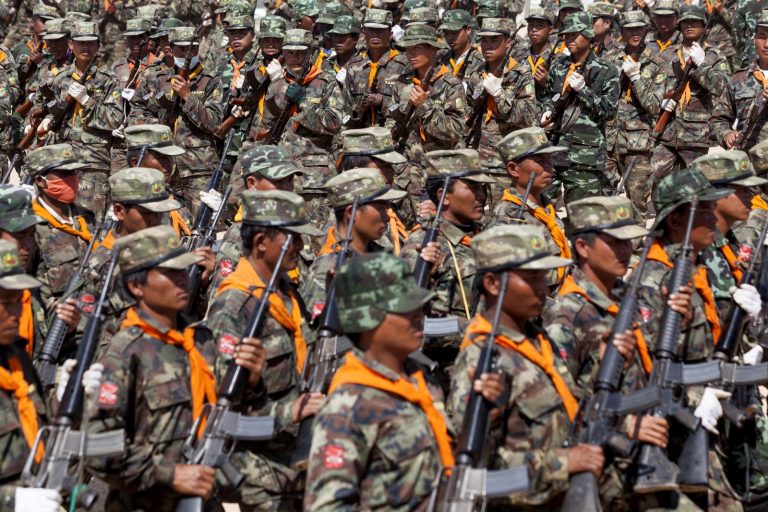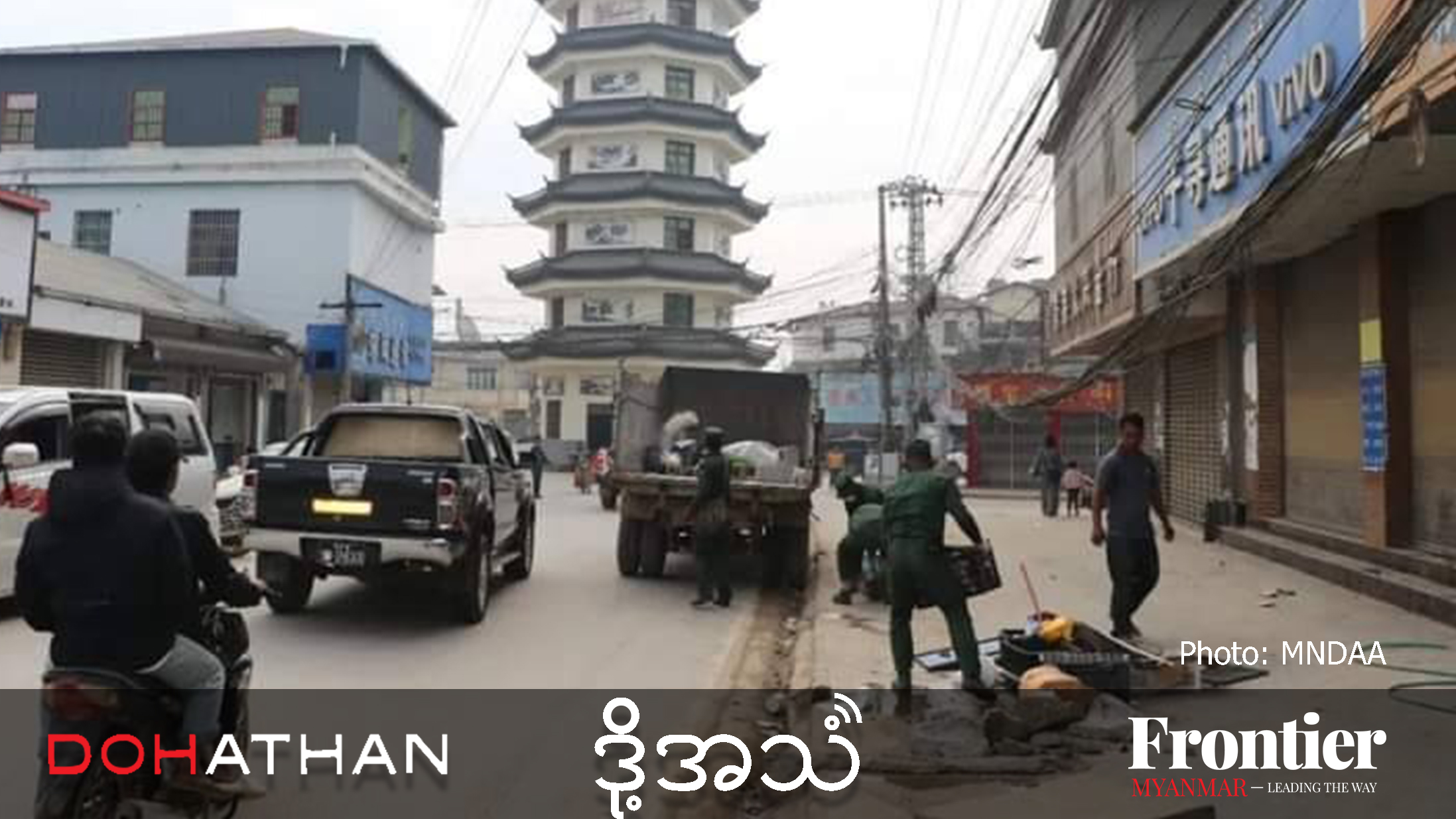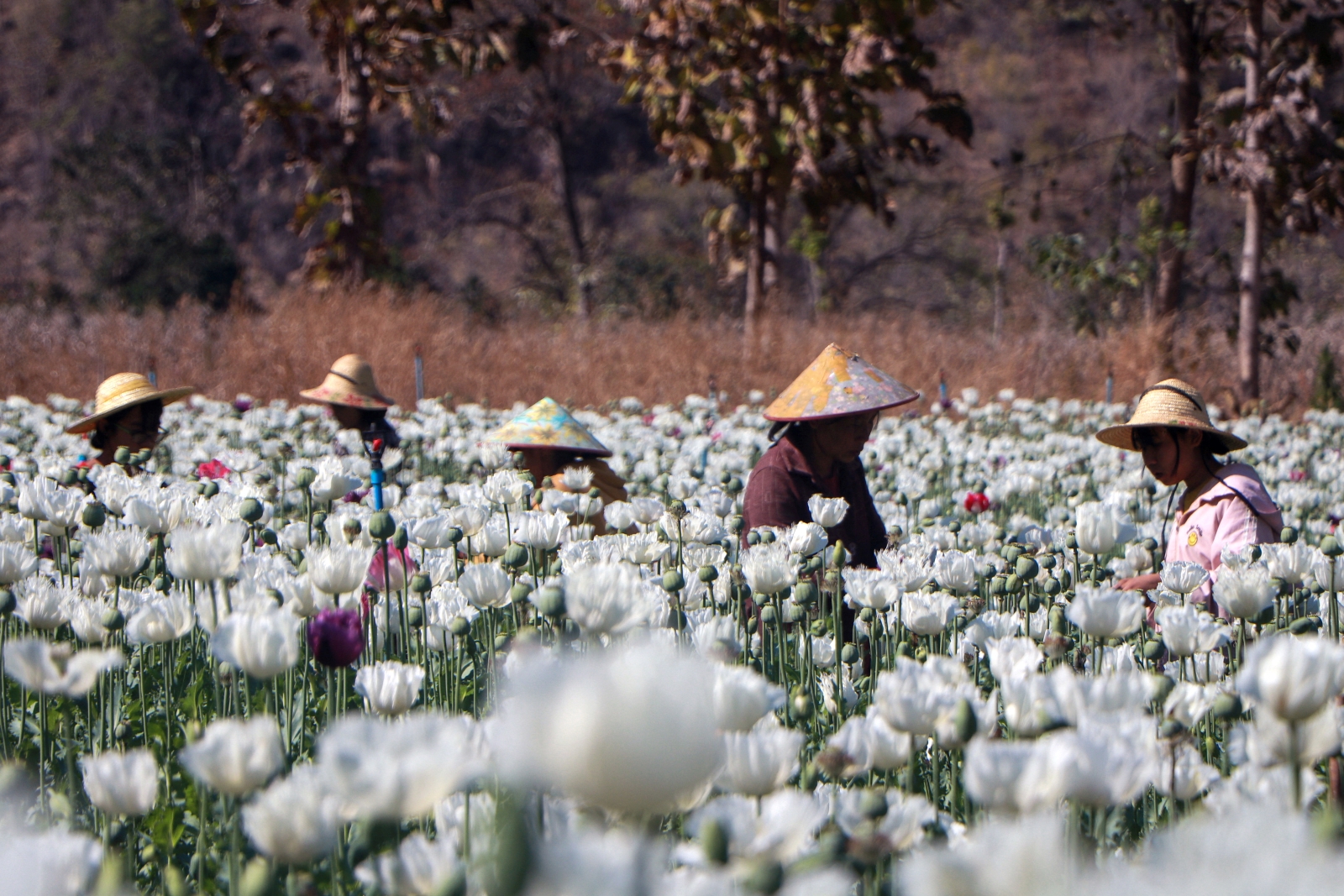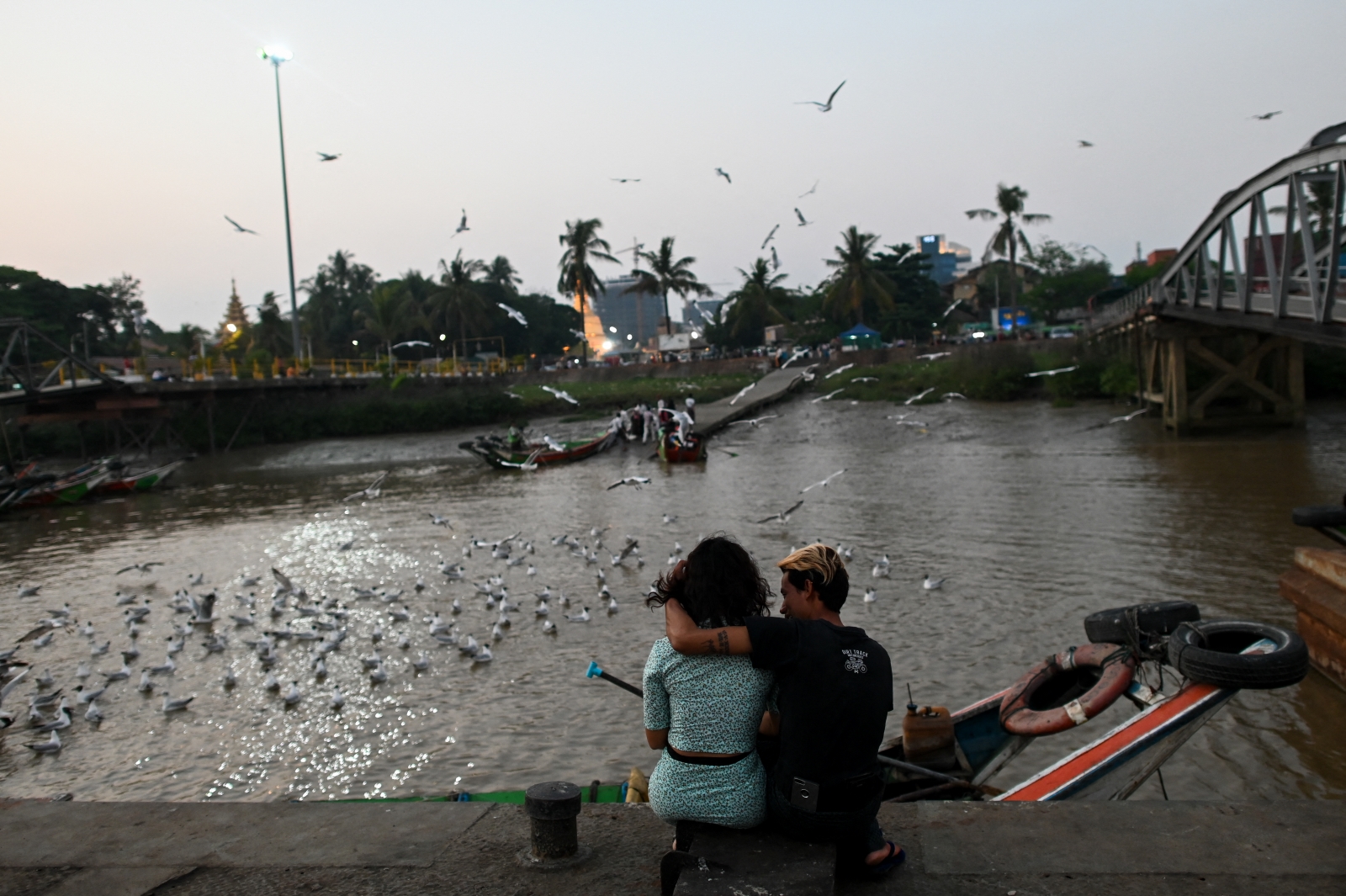Everything you always wanted to know about Myanmar’s largest State and its inhabitants, but were too afraid to ask.
Shan State is the largest of Myanmar’s 14 states and regions and covers 155,800 square kilometres, almost a quarter of the country’s land mass.
The state capital, Taunggyi, is a thriving market town surrounded by mountains. It is best-known for its spectacular and more than a little bit dangerous balloon festival every November. Other Shan State urban centres of notable size include Lashio and Kengtung.
Who are the Shan?
The Shan are more closely related to the people of Thailand and Laos than to the Burmese and are thought to have migrated to present-day Myanmar from Yunnan, China, in the 10th century.
After the Bagan Kingdom fell to marauding Mongols in the 13th century, the Shan rulers became more powerful and established kingdoms that extended beyond Myanmar to include parts of present-day Thailand, China and India.
There are four major Shan groups: Tai Yai, the largest group, known the “Shan proper”; Tai Lu; Tai Khun, who mainly live in eastern Shan State and call themselves “Shan of the earth”; and Tai Nua.
Support more independent journalism like this. Sign up to be a Frontier member.
“We have taken the name Shan from the Burmese,” wrote Sir James George Scott in his 3,000-page Gazetteer of Upper Burma and the Shan States. “Where they got if from neither they, nor the Shan, nor anybody else knows. The people everywhere call themselves generally Tai, but they have a bewildering number of other names given to them by themselves and other people.”
After the British annexed Upper Myanmar in 1885, it was a few more years before they controlled all of the Shan states, then ruled by the sawbwas (“Lords of the Sky”). The British allowed the sawbwas to rule as British protectorates with limited powers. They had a dominant role in Shan society until Ne Win’s military coup in 1962, after which he arrested many of the sawbwas, who remain fondly remembered in Shan State today.
Just as Myanmar was establishing independence from the British, the Shan and some other ethnic groups negotiated the Panglong Agreement, which offered them the option of seceding within 10 years, a promise that was never fulfilled and is a source of the fighting between some Shan groups and the Tatmadaw today.
Geography
Triangular-shaped Shan State is generally divided into its eastern, northern and southern regions. The largest town in the east is quaint, charming Kengtung. The town is well-known as a trekking centre and the surrounding hills are home to a range of ethnic groups.
Northern Shan State is home to the Chinese-influenced town of Lashio, a dusty town on the highway between Mandalay and Muse, on the border with China. Lashio is also the terminus of a railway line from Mandalay.
Inle Lake, Myanmar’s second largest lake, in southern Shan State is one of the country’s most popular tourist destinations. It is known for the ethnic Inthar people who live on the lake and grow vegetables on “floating” gardens.
Economy
Like the rest of the country, Shan State relies heavily on agriculture for its economy. The state is known for its tomatoes, tea, carrots, chillis, rice and potatoes. It is also part of the famed Golden Triangle where much of the world’s opium, and its derivative, heroin, is produced. Myanmar is the world’s second largest producer of illicit opium after Afghanistan, with most grown in the Golden Triangle area. The state is also home to mineral resources, including silver, lead and zinc and is a source of hydropower.
Muse (pronounced moo-say) is Myanmar’s most important border trade town. Myanmar’s official trade with China through Muse reached US$3.8 billion in the 2013-2014 fiscal year, accounting for just over half of the total trade with the country’s northern neighbour. Tachileik, on the border with Thailand in eastern Shan State, is also one of Myanmar’s busiest border trade crossings.
Culture
The Shan are fiercely proud of their culture. Traditional tattooing techniques, largely replaced by modern machine tattooing today, are though to have been introduced to Myanmar by the Shan. Traditionally, Shan men wear the light trousers known as “Shan pants” rather than the longyi worn by most of Myanmar’s other ethnic groups.
In 2013, the Shan people were permitted to celebrate their national day on February 7 for the first time in two decades. It marks the unification of several Shan principalities into a single Shan State on February 7, 1947. The jubilant national day celebrations in towns and cities throughout the state attract Shan from other parts of Myanmar and from overseas.







